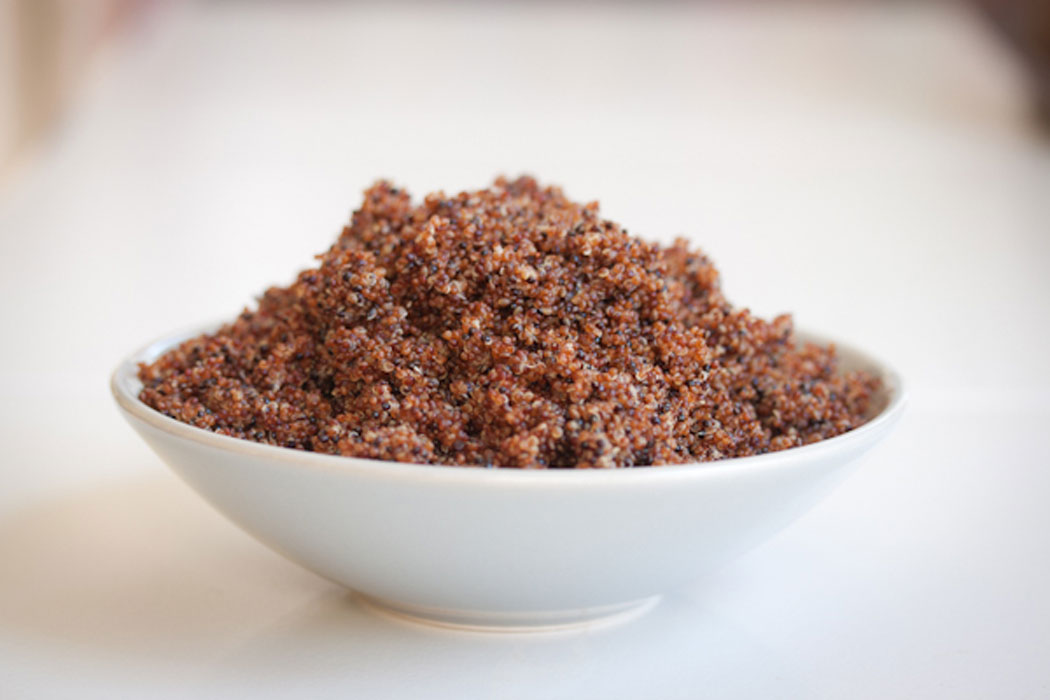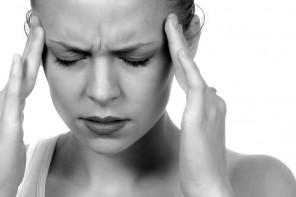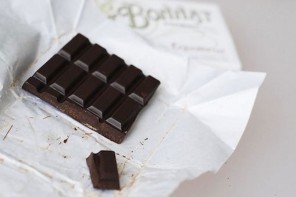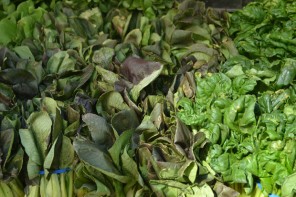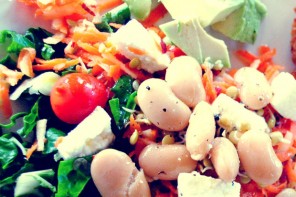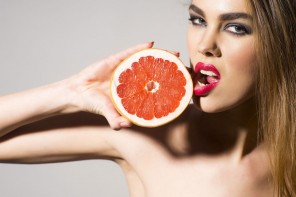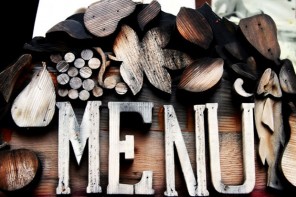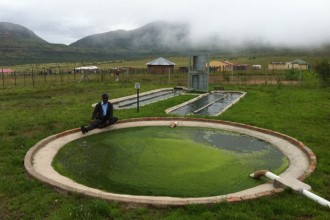We live in the superfood age, with new and nutritious foods constantly waving for our attention because they are said to improve our health. One of the latest foods in the superfood spotlight is the exotic-sounding kañiwa.
What is Kañiwa?
Although it is considered a grain, kañiwa is really a seed that originates from the Andes Mountains in Peru. It is considered to be close in relation to another popular grain you’ll definitely know by now: quinoa.
It Has No Saponins
Although similar to quinoa, kañiwa doesn’t contain saponins. These can give foods a bit of a bitter or soap-like taste if they are not washed properly. Although quinoa usually requires heavy washing prior to using, kañiwa is easier in this regard because it doesn’t contain saponins and it’s faster to cook.
It Tastes Good
If you’re bored with quinoa, kañiwa can be a refreshing ingredient in your recipes. Its taste can be described as sweet and nutty. It has a robust and crunchy texture that releases the best flavour when it is toasted before being used in your cooking.
How to Use it
It’s really easy to make kañiwa. Just a cup of this dried seed needs only two cups of water in which to boil gently. One it has reached boiling point, you can let it simmer for approximately fifteen minutes until all the water has been absorbed. You can cook kañiwa in the same way that you do quinoa and it can be a nice replacement for your regular quinoa dishes. Add kañiwa to your soups, stir-fries, salads and rich stews. Grind kañiwa up into a powder that you can use when baking pastries and bread. This is a wonderful alternative for people who are intolerant to gluten in wheat.
Why You Should Try it
Kañiwa is a great source of important nutrients, such as amino acids. It contains a high amount of iron it it – in fact, far more than quinoa. Just half a cup of kañiwa contains 7 grams of protein, only 160 calories, and 4 grams of fibre. Kañiwa has a high content of antioxidants and approximately 43 per cent of its fatty acids are omega-6. You need omega-6 because it helps to keep nervous system, brain and heart healthy, but the only catch is that the body doesn’t produce it so you need to get this nutrient from food.
Good Grains!
In general, there are some good reasons to eat more grains in your diet. These include a lower asthma risk, a reduction in type 2 diabetes, a lower chance of having a stroke, healthier blood pressure levels, healthier arteries, as well as a lower risk of getting colorectal cancer. Reach for grains!
Image here

